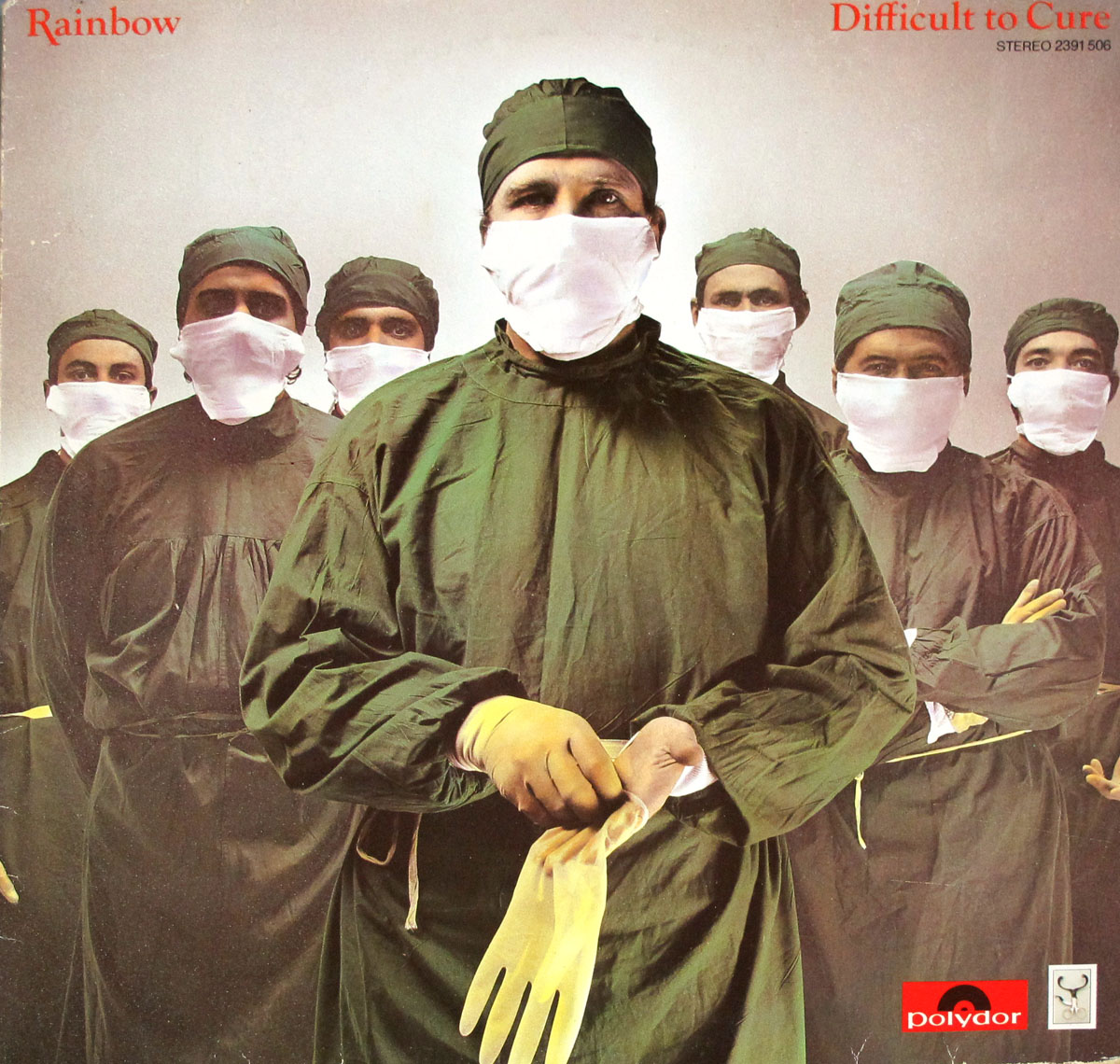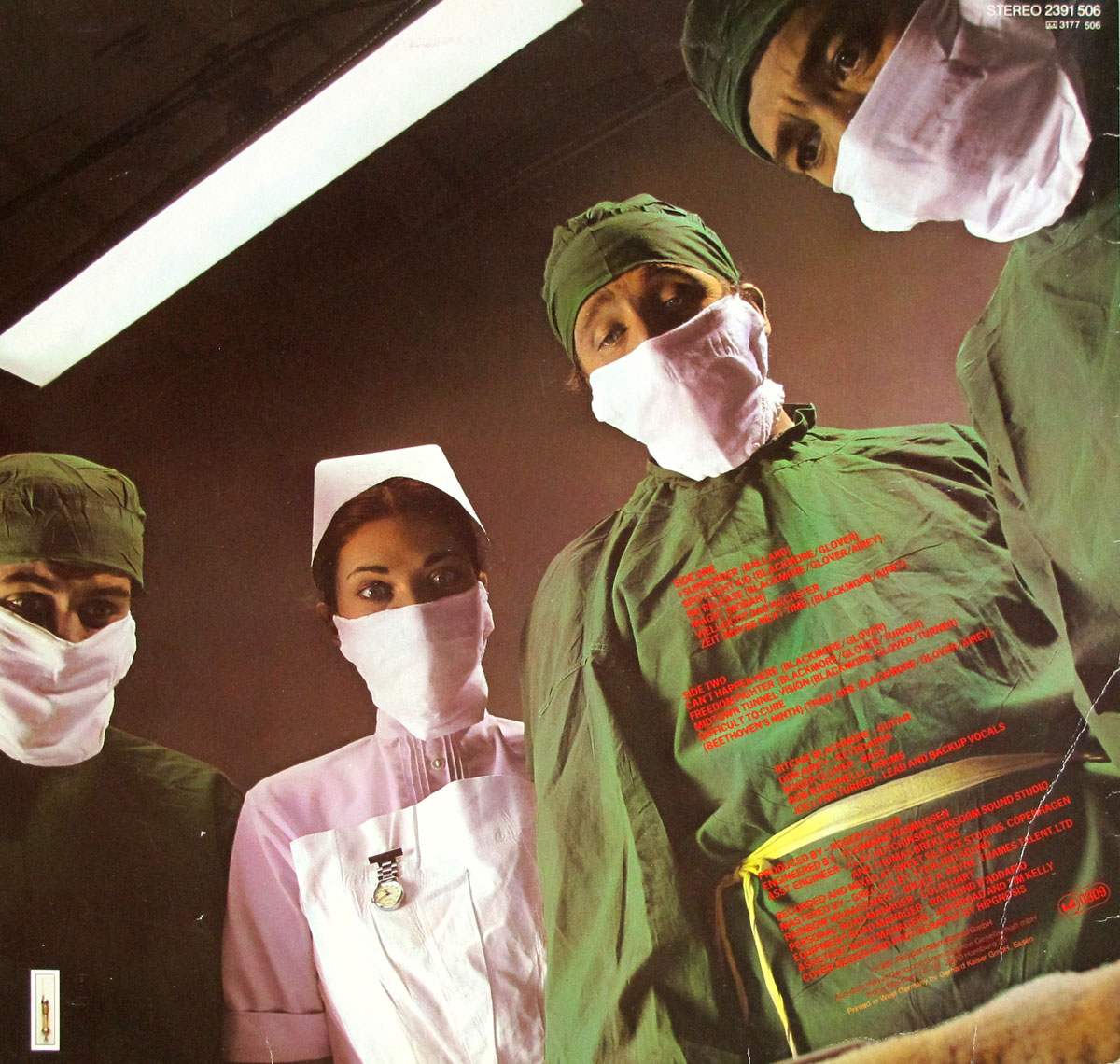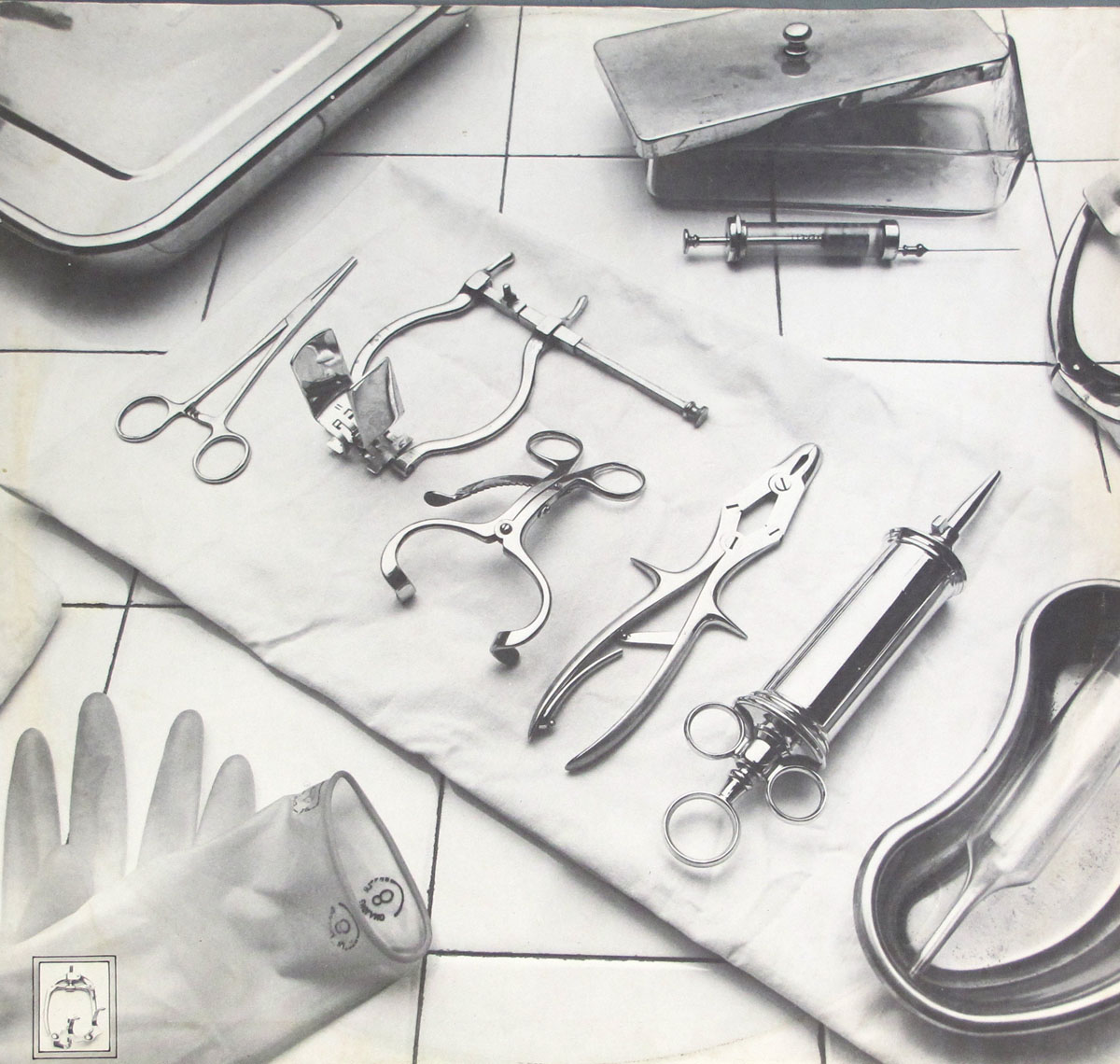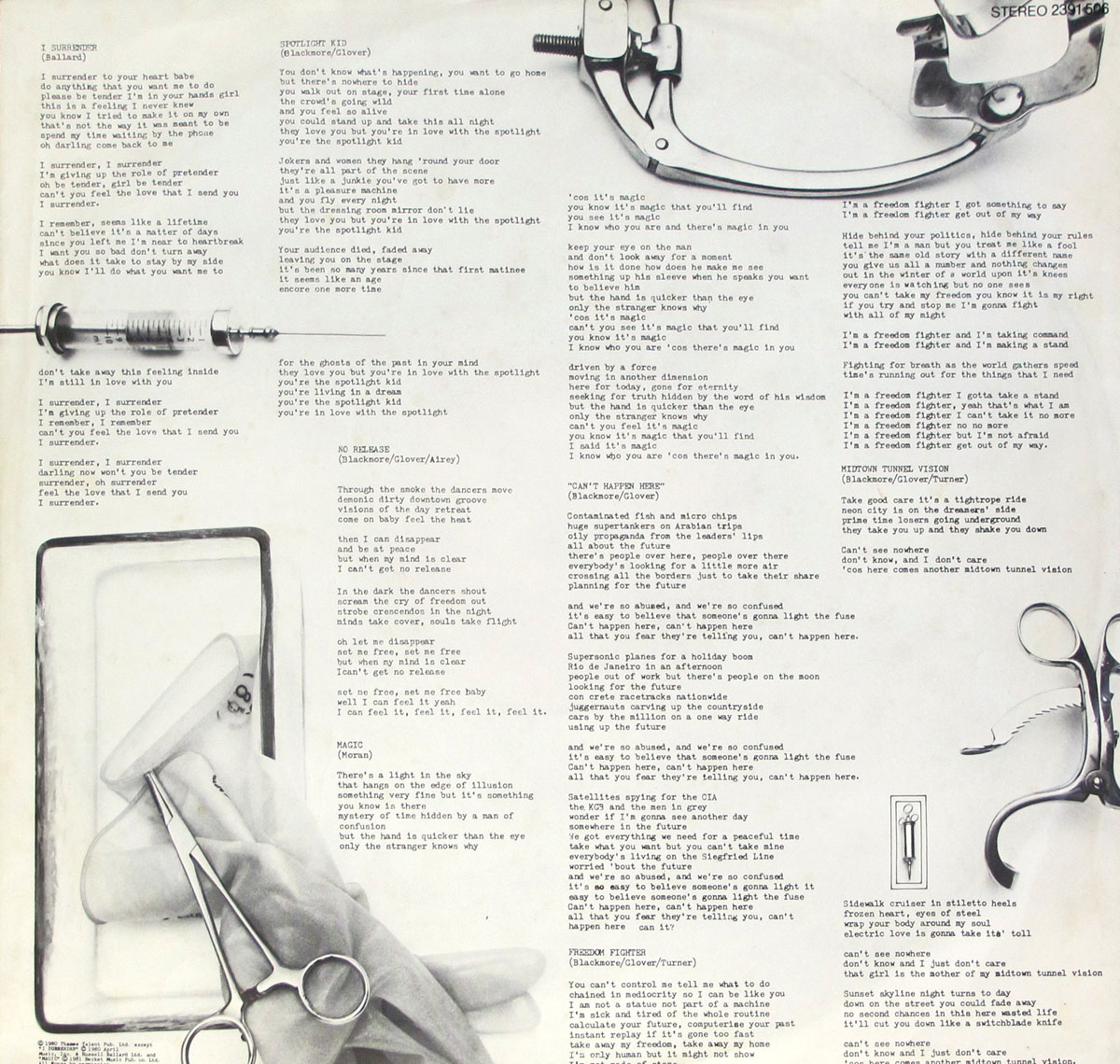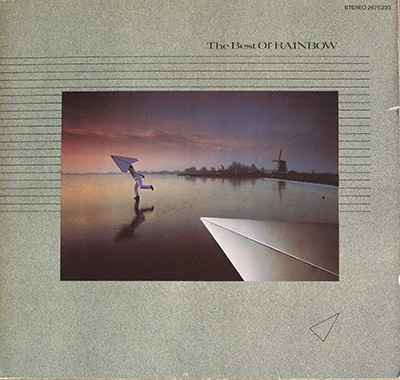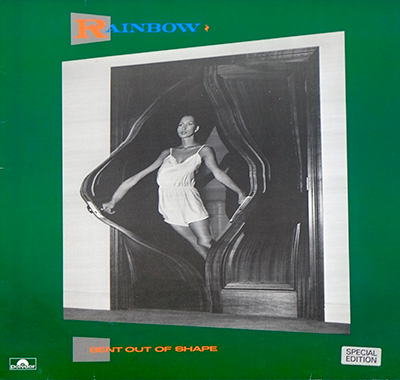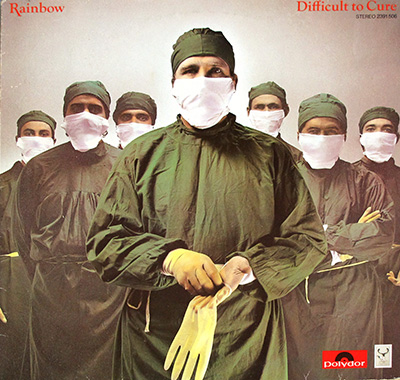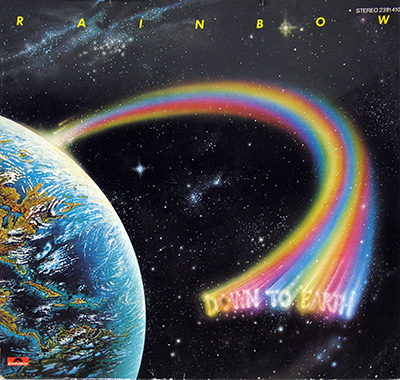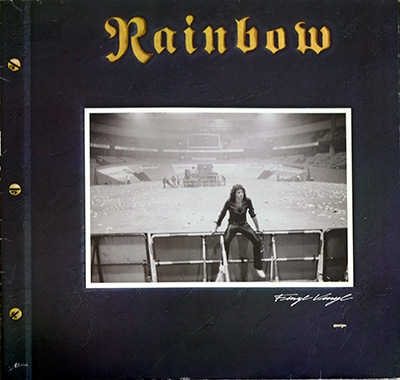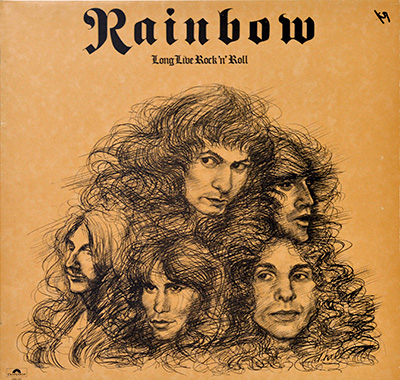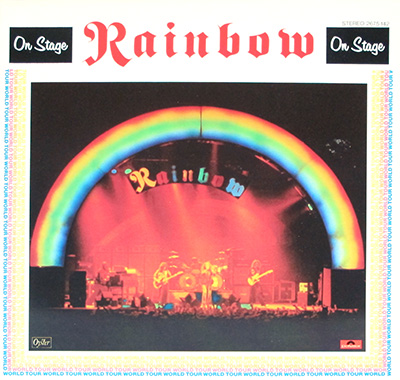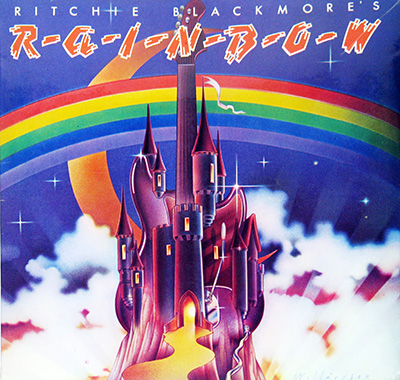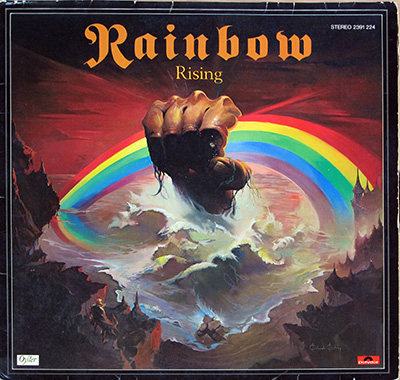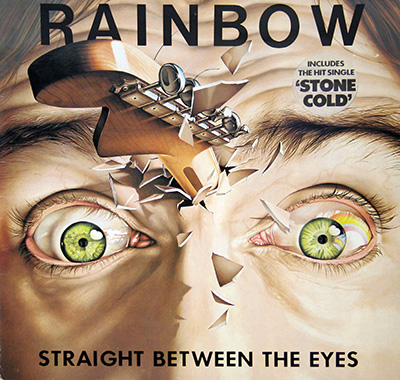"Difficult to Cure" (1981) Album Description:
Introduction on the band and the album
"Difficult to Cure" is the moment Rainbow clicks into early-80s hard rock with a grin that’s just a little too confident to be innocent. This is Ritchie Blackmore steering the ship into sleeker waters, with Joe Lynn Turner out front selling big hooks like they’re a natural resource. On this 1981 German Polydor pressing (2391 506), the whole thing feels like a band deliberately evolving in real time—louder, tighter, and weirdly classy for a record that literally plays with Beethoven.
Historical and cultural context
1981 is that sharp corner where the 1970s finally lets go of your sleeve and the 80s starts pushing you toward neon, precision, and radio-sized choruses. Hard rock is getting cleaner, faster, and more “designed,” whether the old guard likes it or not.
In that climate, "Difficult to Cure" lands like a statement: Rainbow isn’t here to cosplay the past. They’re here to take the classic hard rock muscle and dress it in something that can survive the new decade without looking tired.
How the band came to record this album
You can feel the intent behind this one: a band stepping into a new era with a lineup that’s built for momentum. With Blackmore leading, Don Airey adding that wide-screen keyboard bite, and Roger Glover anchoring the low end and the bigger-picture thinking, it plays like a unit that knows exactly what it wants.
The setting matters too, because this record was recorded at Sweet Silence Studios in Copenhagen, Denmark with Flemming Rasmussen as recording engineer—one of those “okay, now it’s serious” names that suggests the sound is being built to last. And the cover art credit to Hipgnosis is basically the visual equivalent of a raised eyebrow: expect something memorable, not just functional.
The sound, songs, and musical direction
Sonically, this album is British hard rock with the edges polished just enough to cut cleaner. The guitars don’t wander—they strike. The keys don’t politely decorate—they widen the room. The rhythm section moves like it’s hauling the whole chorus on its back and enjoying the job.
The opening run sets the mood fast: "I Surrender" comes in hot with that “turn it up and don’t overthink it” energy, then "Spotlight Kid" keeps the pace like the band is jogging through a stadium tunnel. "Magic" leans into that sleek, melodic confidence that screams early-80s without losing the rock bite.
And then there’s the centerpiece flex: "Beethoven Ninth". On paper it sounds like the kind of idea that gets people kicked out of band practice. On vinyl, it becomes the album’s weird, bold signature—classical drama welded to hard rock power like it was always meant to share the same stage.
Comparison to other albums in the same genre/year
In the wider 1981 hard rock world, a lot of bands are choosing between grit and gloss. "Difficult to Cure" refuses to pick one lane, and that’s the trick: it’s strong enough to punch, but sharp enough to shine.
Where some records of the era feel like they’re chasing “modern,” Rainbow sound like they’re shaping it—especially with that blend of tight songcraft and theatrical confidence. They don’t just rock; they present. Big difference.
Controversies or public reactions
If this album caused any argument, it’s the kind that always happens when a band gets cleaner and more melodic: some listeners call it “smart,” others mutter “sellout,” and the rest of us just turn it louder and let the speakers litigate.
The classical twist can do the same thing. Some people hear "Beethoven Ninth" and think “bold.” Others hear it and think “who invited the orchestra to the bar fight?” Either way, it gets a reaction—which is kind of the point.
Band dynamics and creative tensions
This lineup feels built around contrast: Blackmore brings the authority and the drama, while Turner brings the smoother vocal confidence that makes the hooks land like they’ve always existed. That push-pull between steel and shine is basically the album’s personality.
And the band sound tight in a way that suggests focus, not chaos. It doesn’t feel like five people fighting for space; it feels like five people agreeing that the songs come first, ego comes later, and the chorus is the real boss.
Critical reception and legacy
What sticks with me is how this record captures a band pivoting without flinching. "Difficult to Cure" doesn’t sound like an experiment that might collapse—it sounds like a blueprint for how Rainbow could live in the 80s and still feel like Rainbow.
The German Polydor LP presentation adds its own collector charm too: it’s a physical snapshot of that moment—1981, Made in Germany, and pressed for the era when hard rock was learning to wear sharper clothes.
Reflective closing paragraph
As a collector, I love albums that feel like a band stepping through a door and not looking back, and "Difficult to Cure" is exactly that: a confident early-80s hard rock machine with just enough weirdness to keep it dangerous. You drop the needle and the room suddenly feels bigger, brighter, and slightly more theatrical—like somebody installed stage lights in your living room. Decades later, the riffs still smell faintly of beer, sweat, and that wonderfully misplaced optimism that the future was going to be sleek and painless. Spoiler: it wasn’t. The album still is.
